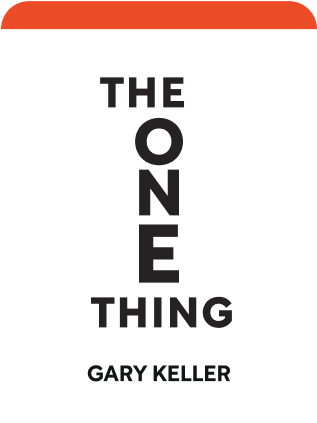

This article is an excerpt from the Shortform book guide to "The One Thing" by Gary Keller. Shortform has the world's best summaries and analyses of books you should be reading.
Like this article? Sign up for a free trial here .
How can using a time block schedule boost your productivity? What are the steps to implementing one?
Using a time block schedule is a critical aspect of the One Thing principle, as it helps you use your time in a focused way. Implementing such a schedule involves blocking off time as well as protecting that time from distractions.
Read more to learn how to implement a time block schedule for greater focus and productivity.
Implementing a Time Block Schedule
Once you know your purpose plus your immediate and future priorities for getting there, you need to use your time productively to achieve the results you want. The key to productivity is scheduling or blocking time on your calendar to focus on your priority and treating that time as sacrosanct.
There are four steps to implementing a time block schedule:
1) Block Off Your Personal Time
Begin each year by planning your time off. Manage your work time around your downtime. When you reserve time off to recharge and then take it, you’ll be more productive.
2) Time Block Your Priority
Your time block schedule must push your priority forward. Design your days around your priority by blocking off a minimum of four hours a day to work on it as early in your day as you can. Each day, take up to an hour to deal with timely matters, and then focus on your priority.
Venture capitalist Paul Graham argues that in a typical business, there are two types of time: “maker” time, which focuses on doing or creating, and “manager” time, which focuses on directing or overseeing. Maker time requires large time blocks, usually half-days, while manager time is broken down into hours, usually spent attending meetings. For optimum productivity, be a maker in the morning and a manager in the afternoon. Your time block schedule should reflect this.
Comedian Jerry Seinfeld blocked off time every day for writing jokes (developing his craft). When he completed a time block, he crossed it off on his calendar so that the crossed-off days formed a visual chain. His mantra was: “Don’t break the chain” by misusing a time block.
3) Block Planning Time
Near the end of each year, your time block schedule should include planning time to assess where you are and what progress you need to make next year toward achieving your purpose. Also, block an hour each week to review your annual, monthly, and weekly goals/priorities.
4) Protect Your Blocked Time
A time block schedule is pointless unless you protect your blocked time and use it as designated. By doing so, you protect your priorities and purpose. Treat this time as inviolable.
Three threats to your time block schedule are:
1) An urgent request from your boss or key client to do something. One way to respond is to say yes but put off actually doing it by asking, for instance, “Would Friday work?” Often the person asking for something will be satisfied if you just commit to getting it done. If you have to do it immediately, also reschedule your time block immediately.
2) The urge to deviate from your time block to deal with other things. Remind yourself of the domino that will fall when you complete your priority task. To preempt distraction, post a note where you can see it stating: “Until my priority task is done, everything else is a distraction.”
3) Trouble staying focused. When thoughts cross your mind of things you should do, make a note so you won’t forget them and get back to your priority.
Four ways to fight distractions are:
1) Find a place to work where you won’t be distracted or interrupted. If you have an office, close the door and window blinds. Or find a vacant room and close the door.
2) Have supplies, snacks, and drinks on hand, so you don’t need to leave your workspace except for bathroom breaks.
3) Remove distractions: Turn off your phone, shut down your browser and email.
4) Enlist support: Tell colleagues what you’re doing and when you’ll be available.
A time block schedule helps you use your time in a focused way so that your priorities are respected and your goals are met.

———End of Preview———
Like what you just read? Read the rest of the world's best book summary and analysis of Gary Keller's "The One Thing" at Shortform .
Here's what you'll find in our full The One Thing summary :
- Why focusing daily on one thing, rather than many, is the key to success
- How success is like dominos
- The six common myths about success






